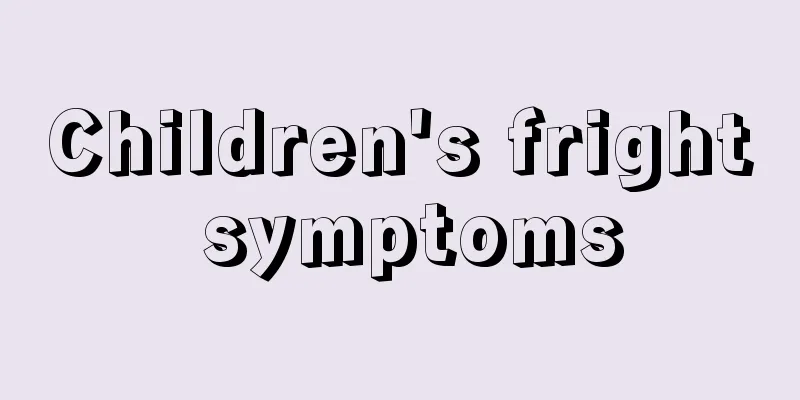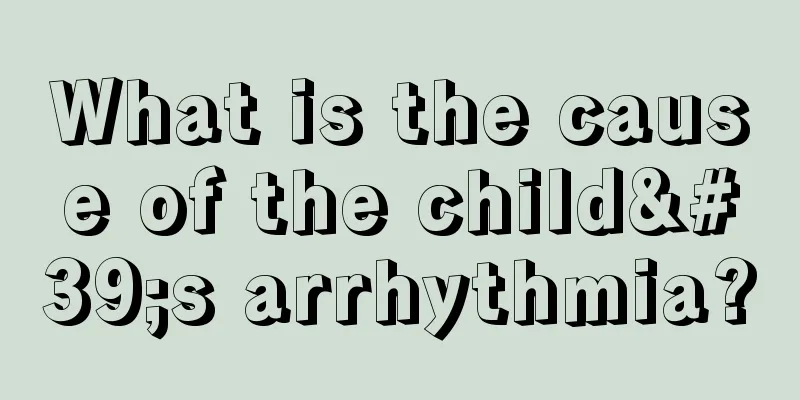What are the symptoms of Trisomy 21?

|
Many people may not know what trisomy 21 is, but when it comes to Down syndrome, everyone is familiar with it. In fact, this is also a phenomenon of Down syndrome, so we should pay attention to scientific knowledge and understanding of it, so as to effectively avoid this disease problem in the baby. The children have obvious special facial features at birth, and often show drowsiness and feeding difficulties. Their mental retardation becomes gradually obvious with age, with an IQ of about 25 to 50. Their motor and sexual development are delayed. The children have wide eyes, low nasal root, small palpebral fissure, upward slanted eyes, epicanthus, small external ears, fat tongue that often sticks out of the mouth, drooling, short stature, smaller head circumference than normal, short anterior and posterior diameters of the head, flat occipital head, short neck, loose skin, bone age often lags behind age, delayed tooth eruption and often misplaced, fine and soft hair, mostly centered hair whorl, late closure of the anterior fontanelle, a third fontanelle in the midline of the parietal occipital, short limbs, joints that can bend excessively due to loose ligaments, thick and short fingers, poor development of the middle phalanx of the little finger causing the little finger to bend inward, short phalanges, and distal displacement of the trifurcation of the palm. It is common to see through palm lines and straw sandal feet. About half of the children have arched dermatoglyphics on the ball of the big toe. The incidence of leukemia is 10 to 30 times higher than the normal level. If the person survives to adulthood, symptoms of senile dementia often appear after the age of 30. The main characteristics of Down syndrome are shown in Table 2. Although the disease's special facial features, hand characteristics and mental retardation can provide important clues for clinical diagnosis, the establishment of the diagnosis must rely on chromosome karyotype analysis. Therefore, chromosome karyotype analysis and FISH technology are the main laboratory examination techniques for Down syndrome. These two examinations also have positive significance for the prognosis estimation of mosaic Down syndrome. Due to the great difference in the phenotypes of children with mosaic malformations, which can range from normal or near-normal to typical clinical manifestations, their prognosis mainly depends on the percentage of normal cell lines in the children's somatic cells. Therefore, understanding the ratio of normal karyotype cells to 21-trisomy karyotype cells in the somatic cells of mosaic children can guide the children's families and society to educate them according to their specific circumstances. After analyzing and introducing the above contents, everyone should have a scientific understanding of Trisomy 21! In fact, knowing more about this common sense is also to protect the health of the fetus and prevent them from developing various congenital diseases. Therefore, every pregnant mother should pay attention to this common sense. |
<<: What are the clinical manifestations of Etang syndrome?
>>: What is the cause of trisomy 18?
Recommend
Children with crooked teeth
Children are a group that needs a lot of care, bu...
Treatment of gastric torsion in infants
As parents, when our children suffer from infant ...
What to do if your child has incomplete brain development
Every parent hopes that their baby can be smart a...
How to develop children's memory?
We all know that parents can be said to be the be...
Why is the baby's lower eyelid purple?
After having a baby, the baby's every move an...
Red pimples on baby's face
We must pay enough attention to the phenomenon of...
How to treat baby’s blocked and runny nose?
For many babies, blocked and runny nose is a comm...
Why do children have trouble sleeping?
There are many reasons why children have trouble ...
What is the head circumference of a two month old baby?
After a baby is born, his brain and body will dev...
What should I do if my child has eye fatigue?
Nowadays, there are more and more electronic devi...
What is the normal height for a five-year-old child?
Children have different physical indicators at di...
How to treat flat warts in children
We all know that flat warts mostly occur in teena...
What causes nosebleeds in children?
As people's quality of life continues to impr...
Reasons why babies spit up mucus
It is very difficult to take care of babies when ...
What should I do if my child has chronic nephritis?
Although kidney disease and stomach disease are n...









